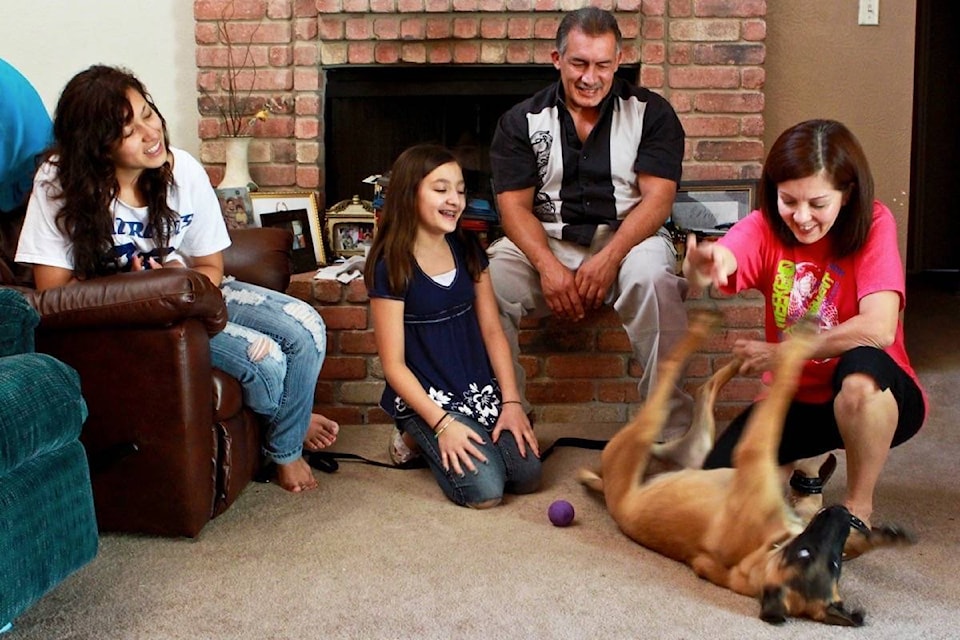Close to 15 per cent of the �������� Lake population reports a language other than English or French as their mother tongue, according to the latest batch of data released from Statistics Canada’s 2016 census.
However, Statistics Canada does not include �������� Lake’s First Nations population living on reserve.
Of the 275 residents who reported a mother tongue other than English or French, 170 said their mother tongue was an aboriginal language, with the Carrier language accounting for the vast majority.
Meanwhile the German language accounted for the vast majority of non-aboriginal languages in �������� Lake, followed by Chinese and Spanish.
Across the province, close to one-third of British Columbians now report neither English nor French as their mother tongue. That proportion was up in urban centres like Vancouver, with 41.8 per cent, and in Abbotsford-Mission, with 28.2 per cent.
Outside the Lower Mainland, Victoria and Kelowna had the highest proportion of immigrant languages as their mother tongues.
B.C. is second to only Nunavut for the highest proportion of immigrant languages spoken at home. Punjabi is the most popular language spoken in B.C., followed by Mandarin and Cantonese.
French as both a mother tongue and a language spoken at home declined Canada-wide. However, bilingualism remained strong: a record 18 per cent of Canadians were fluent in both official languages. B.C sits at second to last in French as a mother tongue: 1.4 per cent.
The top immigrant languages in Canada were Mandarin, Cantonese, Punjabi, Spanish, Tagolog, Arabic, Persian, Hindi and Urdu, all of which have seen a more than 25 per cent increase in popularity.
Revival of Aboriginal languages
More people than ever are learning aboriginal languages. Statistics Canada found that in youth ages zero to 14, 55,970 speak aboriginal languages at home while only 44,000 have them as mother tongues.
That, to UBC professor Bonny Norton, signifies that recent efforts to teach aboriginal youth their languages have shown success.
“I would like to think that with the focus on the reconciliation… Aboriginal people’s perception of their value in the larger Canadian society and the value of their languages has gone up,” she said. “Aboriginal people are feeling a sense of ownership for the language.”
Of the 70 aboriginal languages tracked by Statistics Canada, Cree languages are the most commonly spoken at home.
Teaching these to youth now is crucial, Norton said.
“When you lose mother tongue speakers that’s a huge loss,” she said.
More people are living alone in Canada
More people are living alone in Canada now than ever before, the latest census data suggest.
Statistics Canada reported that 28.2 per cent of Canadians live in one-person households. That compares to 26.5 per cent of Canadians living with children.
In B.C., the numbers were only slightly higher: 28.8 per cent of people live alone. Meanwhile in �������� Lake, only about 10 per cent of the population lives in one-person households.



